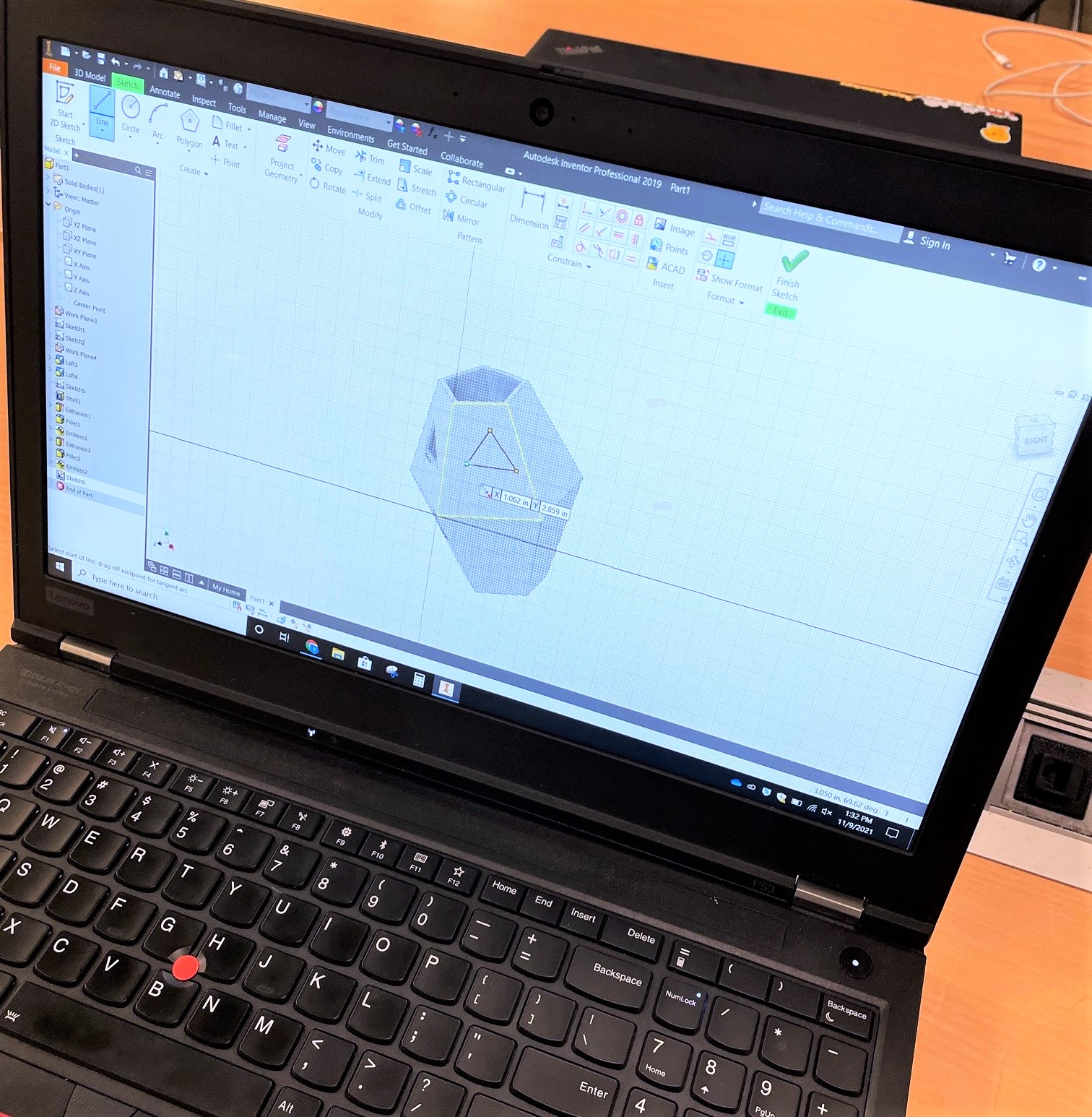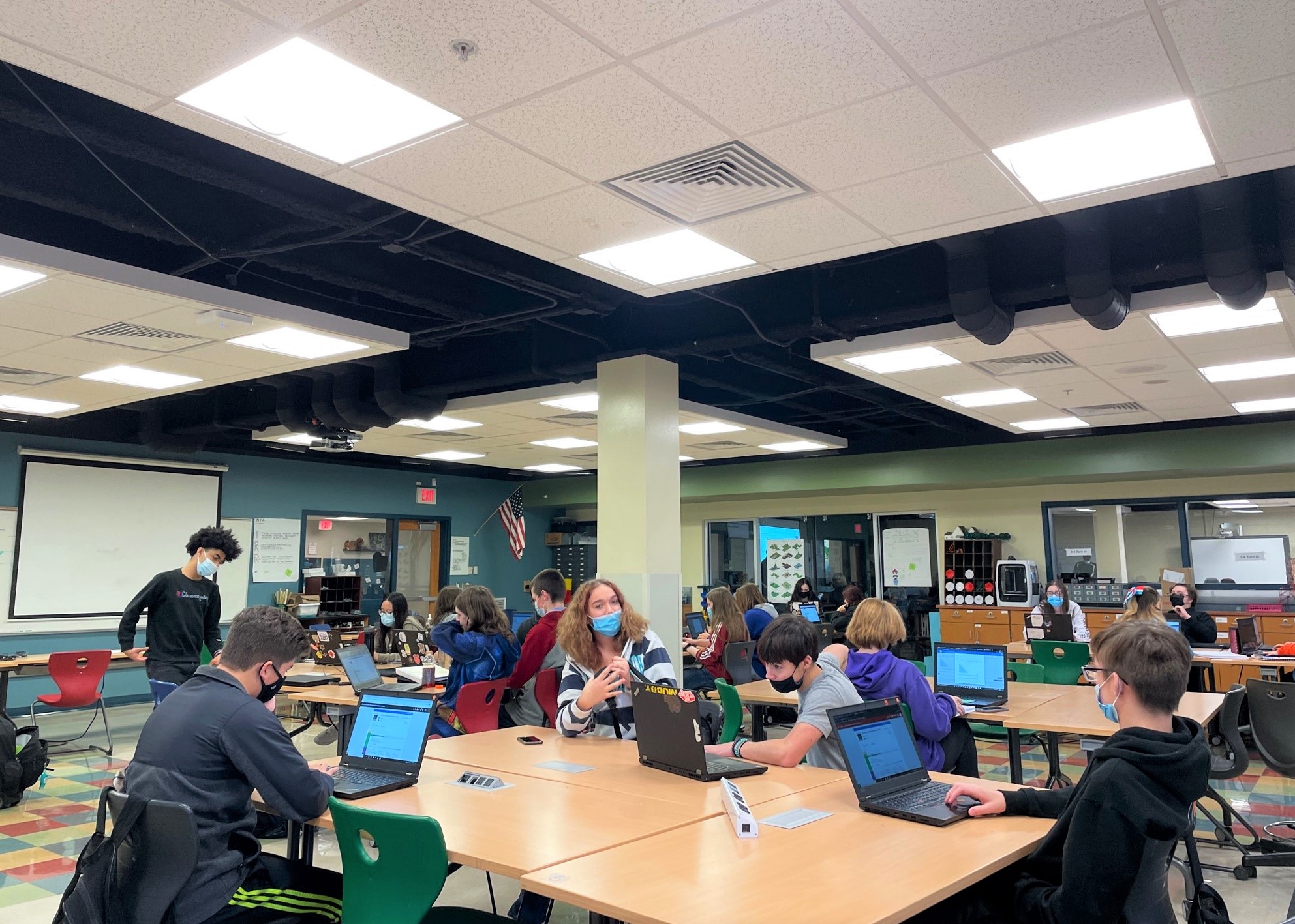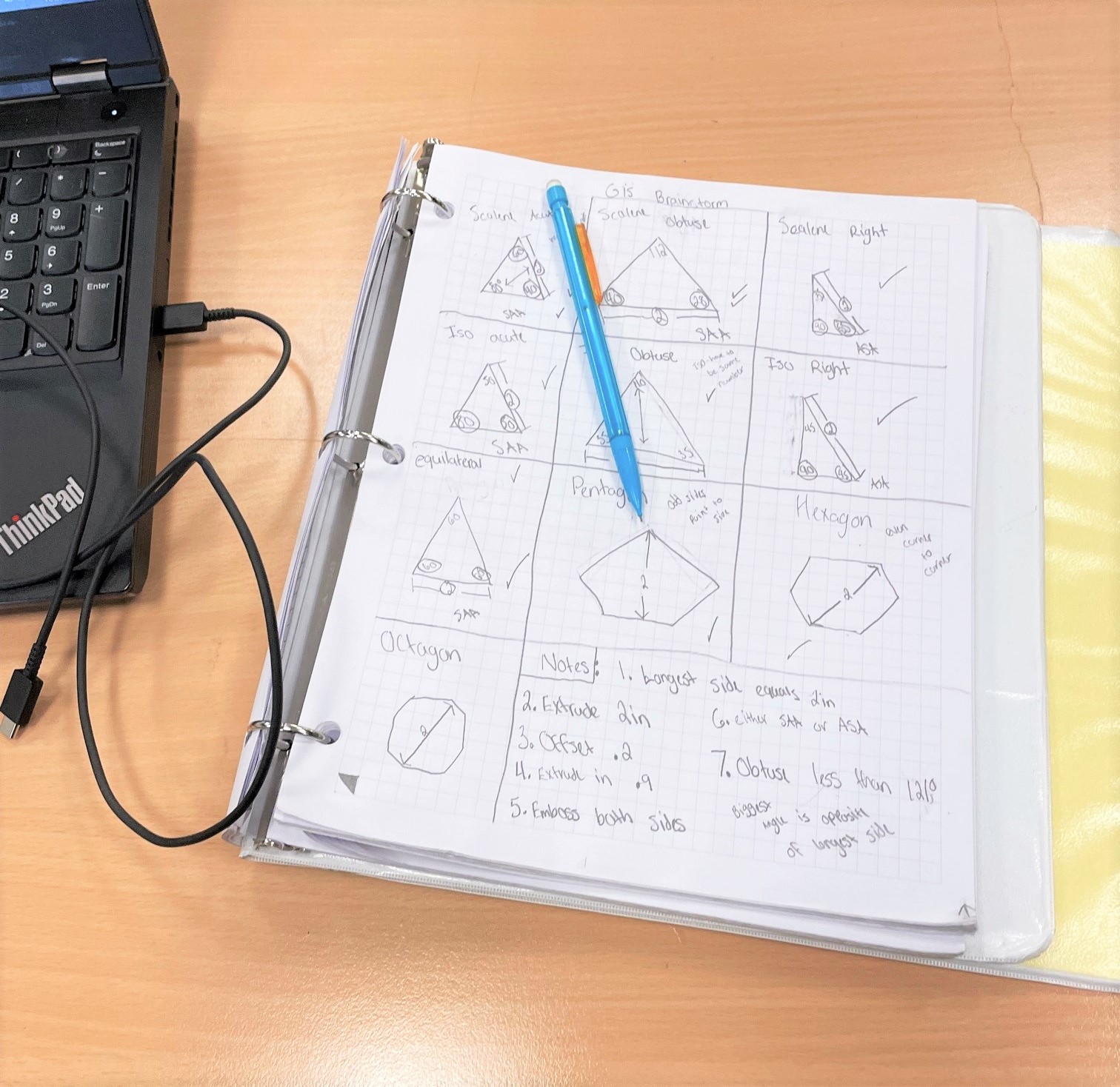Back to School! An Architect’s Insights
By Jeremiah Hatfield, RA
December 8, 2021Post Tagged in
I remember being 8 years old watching Rodney Dangerfield in a film called Back to School (if you don’t know the movie, take a dive back to the 80s and check it out). This film has likely catalyzed my nightmares and daydreams about going back to school as my middle-aged self. I’m not certain the AP calculus or advanced chemistry knowledge will ever come back to me, but everything else feels like it would be a breeze, especially wood shop and drafting. This year, I have had a lot of similar thoughts working as one of the lead architects (and project manager) for the renovations of my alma mater Wayne High School. When I saw an opportunity to go “Back to School” to better understand today’s learning environment firsthand, I approached the opportunity with enthusiasm (maybe not as much as Rodney though).
The purpose of my “Back to School” experience focused on gaining a better understanding of Wayne High School’s New Tech Academy (NTA). During our design sessions for renovations of the High School, our design group continually heard that the NTA was different. It functions as a “School in a School” and the students in the academy learn differently and interact differently. As our group dug in, we started to understand the learning environments inherent in the NTA were leaking into the traditional high school atmosphere. As a trained architect and problem solver, I needed to learn more.
New Tech schools apply project-based learning, engaging students in a collaborative, technology enriched environment. Even though I was physically in the same building I traversed through 20 years ago, I was clearly not in the same High School. So much has changed.




